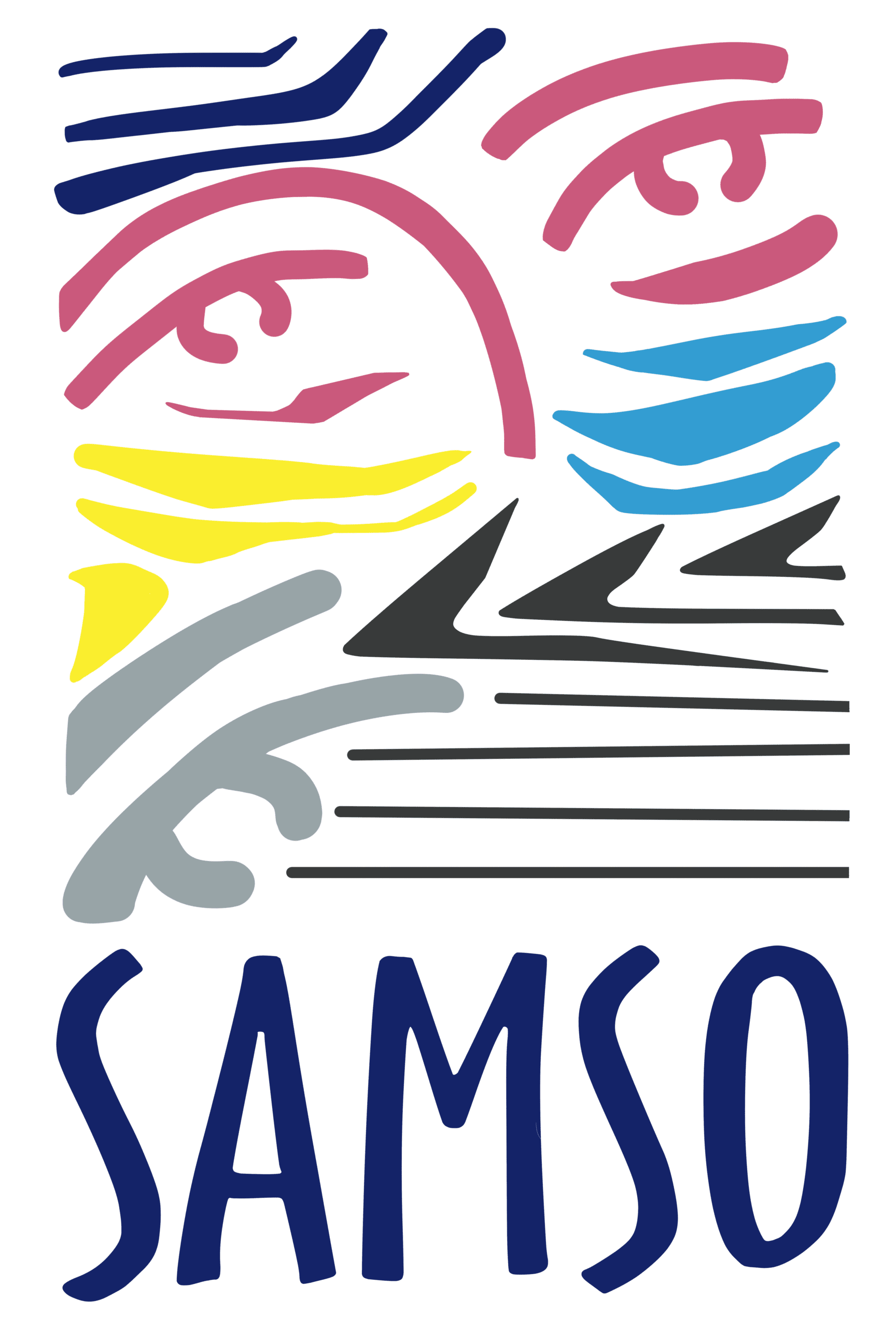Conclusion: Reframing the Lens on Africa
The camera lies. I’ve learned this truth through decades of work across Africa.
We tell ourselves photography documents reality. But every image constructs a narrative shaped by power, expectation, and profit. The uncomfortable truth is that poverty photography has become an industry where Western photographers benefit whilst African subjects remain invisible as people.
Colonial visual frameworks still shape how we see Africa today. These historical templates create distorted pictures that serve Western appetites for simplified suffering rather than complex humanity. African subjects become symbols instead of individuals with dreams, capabilities, and agency.
Renzo Martens’ “Enjoy Poverty” confronts us with this reality: poverty itself has become a commodity. Africans rarely benefit from their own representation.
But something is changing.
African photographers and communities challenge these narratives every day. They create work that celebrates complexity rather than reinforcing stereotypes. Their efforts represent our most promising path forward.
We need collaborative image-making that respects dignity whilst acknowledging difficult realities. This requires photographers to examine their motives, build genuine relationships, and provide context beyond suffering.
The medium’s power lies not simply in documenting pain but in creating understanding that leads to meaningful action.
Here’s what ethical visual storytelling requires:
- Photographers must spend time with communities before capturing images
- Subjects should help decide what’s appropriate to photograph
- Context matters more than shock value
- Local voices must control their own narratives
- Solutions deserve as much attention as problems
Photography can either entrench harmful stereotypes or challenge them. The choice rests with those who wield the camera.
Poverty exists across Africa. But its representation needn’t come at the cost of human dignity. Perhaps the ultimate test for ethical photography isn’t whether an image moves viewers to donate but whether those photographed would recognise themselves in the story being told.
We can do better. We must do better.
Because when we sit at the heart of communities, the right content creates powerful, lasting relationships that actually help reduce poverty rather than simply profit from it.


Leave a Reply